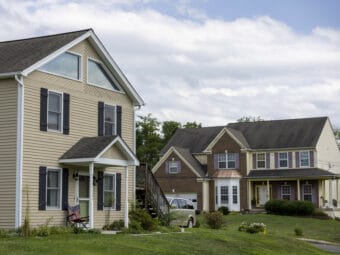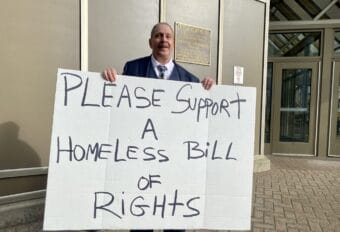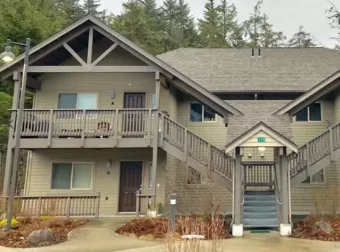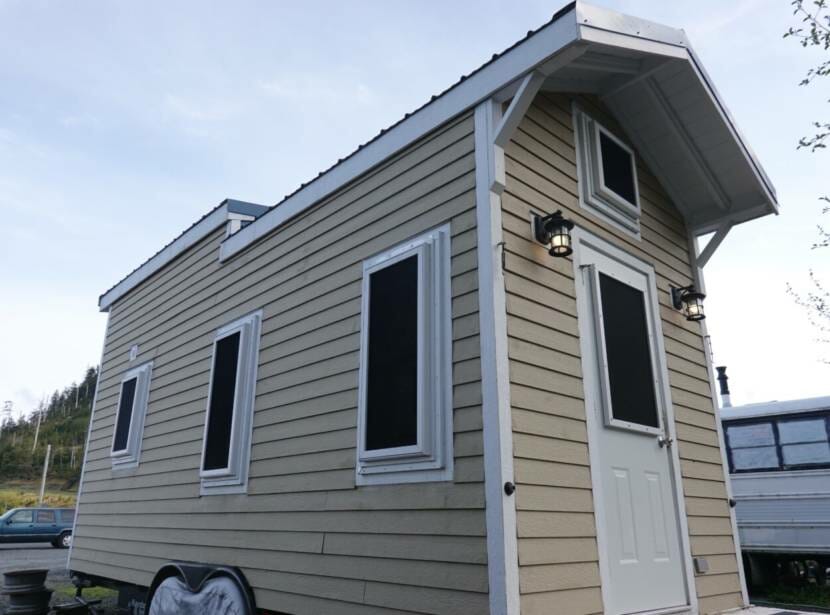
Tiny homes have gained traction in recent years as an affordable housing alternative, but building them legally poses challenges in many communities. Last year, Sitka became one of the first cities in the country to introduce a set of tiny home friendly code changes. But a year after passing the groundbreaking ordinance, no one is building them.
A few years back, Stephanie Kruse and her husband decided they were sick of renting.
They moved around a lot for Kruse’s job, so buying a house wasn’t a great option. Besides, with Southeast Alaska’s high rental rates, they weren’t saving enough for a down payment.
“It’s hard to put away money when you’re paying so much in rent. And you know, at the end of the year, you don’t get anything back from that besides having had a place to live,” Kruse said. “So for us, we wanted to do something that would allow us to build some equity with that 1200 plus dollars a month we were paying in rent and housing costs.”
They looked at manufactured homes and RVs, but ultimately settled on a tiny house on wheels.
“We preferred the tiny house for a lot of reasons. One of them for sure is that a tiny house holds its value a lot better than an RV because it’s built with more traditional construction materials that are meant to withstand the weather. And then also, you know, they’re whimsical and fun and interesting,” Kruse said.
With beige siding and a blue metal roof, the roughly 170-square-foot house looks like a mini single-family home. Kruse and her husband took out an RV loan and paid a company in British Columbia to build it. They moved it to Juneau on the ferry and parked it on a shared lot.
When Kruse’s job brought them to Sitka, the tiny house came with them. Even with their loan payment and the cost to rent a spot at a local RV park, Kruse said they were paying a couple hundred dollars less a month than if they were renting.
“I think the kind of ruling concept for people who do small homes or tiny homes is a small house for a big life. If you can reduce your housing expenses and kind of minimize that in your life, but still make it a pleasant place to be,” Kruse said. “And that gives you the ability to kind of put your funding towards the things that you are really passionate about in your life.”
For Kruse and her husband, that meant a trip to Japan and saving to buy a regular house. And when they sold the tiny house and left Sitka for the Pacific Northwest, that’s exactly what they did.
“I think it’s a really great stepping stone to home ownership like it was for us,” she said.
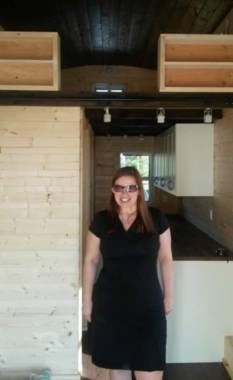
But even though rent in Sitka is high, and home ownership can be cost-prohibitive, people in Sitka aren’t following in Kruse’s footsteps. That’s despite changes to the city’s building and zoning codes a little over a year ago to make tiny homes easier to build. Pat Swedeen is Sitka’s Building Official.
“There’s definitely been a few individuals who have been interested in it. We’ve also had actually a couple of companies think about maybe trying to go that route,” Sitka building official Pat Swedeen said. “Thus far we haven’t had anybody actually begin that proper process of permitting and constructing a tiny home.”
Sitka didn’t have a minimum house size even before the changes, but meeting building standards for small structures was a challenge. So Sitka adopted a set of international regulations to make it easier to build houses under 400 square feet, allowing for things like ladders and lower ceilings.
It also addressed a legal grey area for tiny homes on wheels. Before last March, Sitka considered them RVs like almost any other place in the country. And legally, you can’t live in an RV year-round in Sitka.
Now tiny homes have their own designation. They’re allowed in trailer courts, and there are some zones where they can be placed on lots by themselves, with planning commission approval.
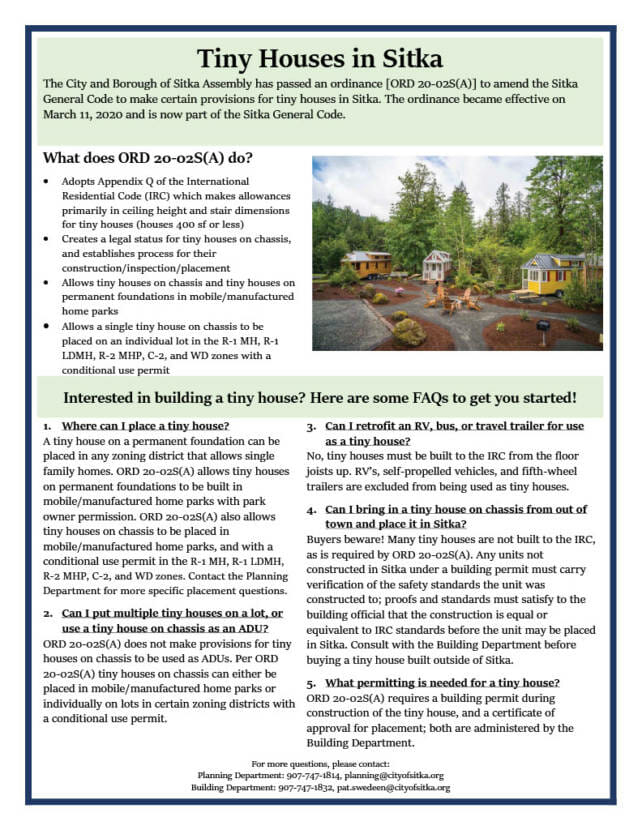
“The two main barriers in most places are zoning and building codes,” Tiny Home Industry Association communications director Alexis Stephens said.
She said Sitka’s changes are a big step in the right direction. Sitka is one of just a few across the country to update their zoning regulations to be more tiny home friendly.
“The progress is really picking up but to put that into context, there’s almost 90,000 municipalities in the United States, having more than a dozen embracing tiny homes, still leaves quite a bit of work to do,” Stephens said.
And even with the regulations changes, Swedeen says there are still barriers like the cost of construction.
“Per square foot, a tiny home isn’t really super affordable. You know, since it’s small, it’s not like the cost of building a 2500 square foot house. But you know, you still need to have cooking appliances, you still need to have heating appliances, you still need to have bathing facilities and a toilet and things like that,” Swedeen says.
Financing and land availability are also big hurdles. Tiny homes on wheels aren’t allowed as accessory dwelling units in Sitka, so you can’t just buy one and park it in someone’s yard.
Jennifer Younger bought Kruse’s tiny home as an affordable option for her son. Much like Kruse, it allowed him to save money to buy his own house. Now, they’re looking to sell, but Younger said land availability has stopped a lot of buyers.
“We’ve had several people very interested and check it out, and it’s a beautifully built little home, but people just don’t have property to put it on,” she said.
Even though tiny homes haven’t taken off, Sitka Conservation Society Sustainable Communities’ Chandler O’Connell said she isn’t discouraged. SCS partnered with a Sitka High School construction class to build their own tiny house a few years ago. Their efforts to sell it sparked a community conversation, which contributed to the eventual code changes.
“And I think our learning from past code changes is it takes a while for that information to get out there. It takes a while for people to understand the implications and think about how they want to implement that in their own building decisions. I’m excited to see how it can shape Sitka’s housing market over the next few years,” she said.
O’Connell says she sees tiny homes as one affordable housing option of many. They won’t work for everyone, but it’s about getting more tools in Sitka’s housing toolbelt.
Throughout April and May, KCAW News will be publishing stories about affordable housing solutions every Friday as part of its “Building Solutions” series.

